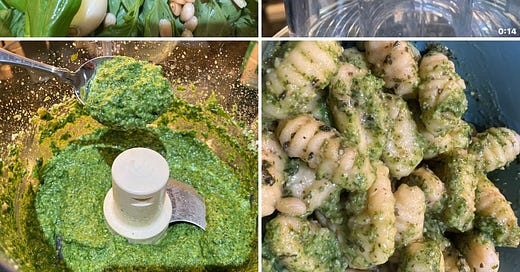If you’re new here, welcome! Sign up here to receive The Weekly Dirt free in your inbox every Sunday. 👇
Hi, guys!
Growing fruits and vegetables is as much about eating as it is about gardening. Sure, we need to know that blueberries like acidic soil, potatoes should be mounded, and determinate …
Keep reading with a 7-day free trial
Subscribe to The Weekly Dirt with Jessica Damiano to keep reading this post and get 7 days of free access to the full post archives.



